Synergy Roofing offers comprehensive roof inspection in New Orleans, providing early problem detection and detailed condition assessment. Our certified inspectors deliver thorough evaluations using advanced moisture detection equipment, identifying potential issues before they become costly emergencies. Contact us today to schedule your professional roof inspection and gain peace of mind about your property’s protection against our challenging Gulf Coast climate.
Our Partners
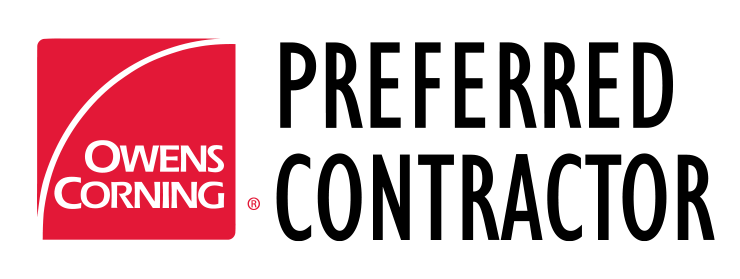
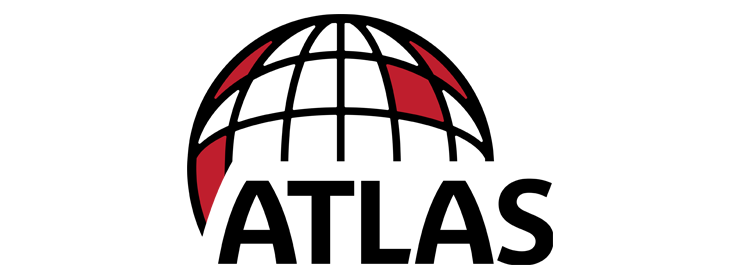
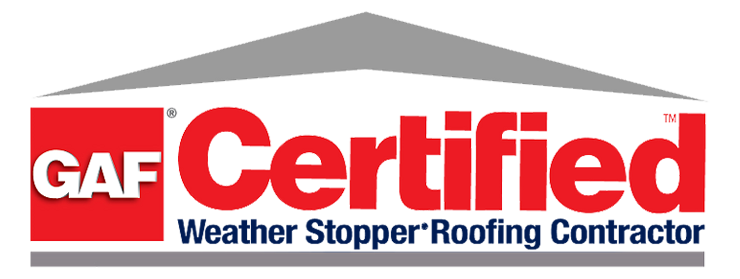
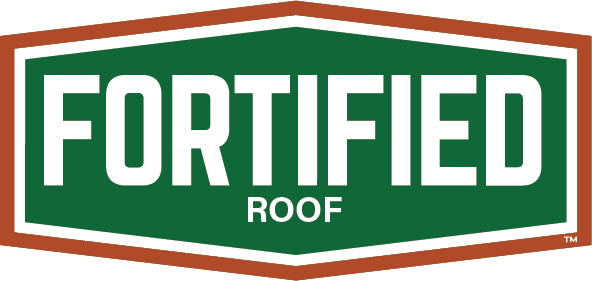
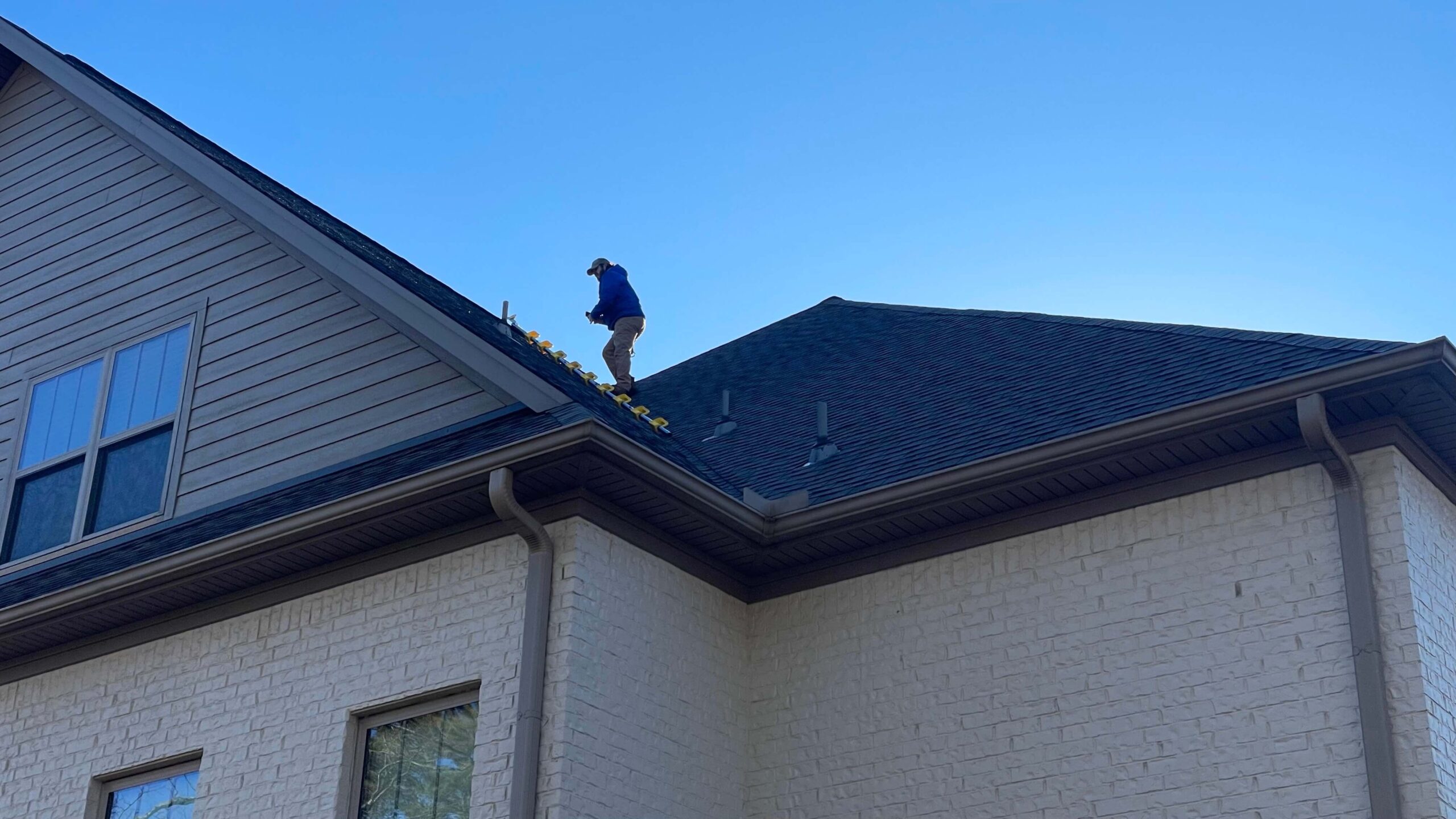
Is your roof showing warning signs of trouble? Schedule a professional roof inspection with Synergy Roofing to detect problems before they become costly emergencies. Our thorough evaluation process identifies hidden damage, moisture intrusion, and structural weaknesses that often go unnoticed until they cause significant interior damage.
Our certified inspectors use infrared technology to locate concealed moisture without invasive testing.
Our detailed inspection protocol covers every aspect of your roofing system – from shingles and flashing to gutters and attic ventilation. After completing the assessment, we provide a comprehensive report with digital photos documenting current conditions and identifying potential concerns. From historic French Quarter buildings to modern construction in Lakeview, we understand the unique challenges different roof systems face in our demanding climate. For an honest assessment with clear recommendations, contact our inspection specialists.
Synergy Roofing dominates the New Orleans roofing market with our growing family of happy clients across Southeast Louisiana. Check out what our customers are saying:
See why you shouldn’t look for any other roofing companies in New Orleans, LA besides us!
All the members of our New Orleans Roofing team underwent certification so they can provide you with the best possible roofing services! We ensure they are competitive in terms of knowledge and expertise. They excel in various areas and are compatible with everyone!
We guarantee your projects will be completed to the highest quality in the most time-effective manner and you will be satisfied with the results! Aside from that, we value both the services that you will need after the project completion and before the project starts equally. We are extremely responsive and dependable to field any roofing concerns after installations.
Our New Orleans Roofing professionals know all there is to know about roofing. Their expertise allows us to reach far and wide to find a roofing solution within your budget. Roof repairs and roof replacements shouldn't have to succumb to pricing.
synergy roofing & construction
Synergy Roofing has certified roofers, free inspections, top-notch materials, and affordable services. What more could you ask for? If you want only the best for the roof that protects your house and your family, contact us!
Have any questions?
Our Service Areas
Our Service Areas
Our Services
Contact Info

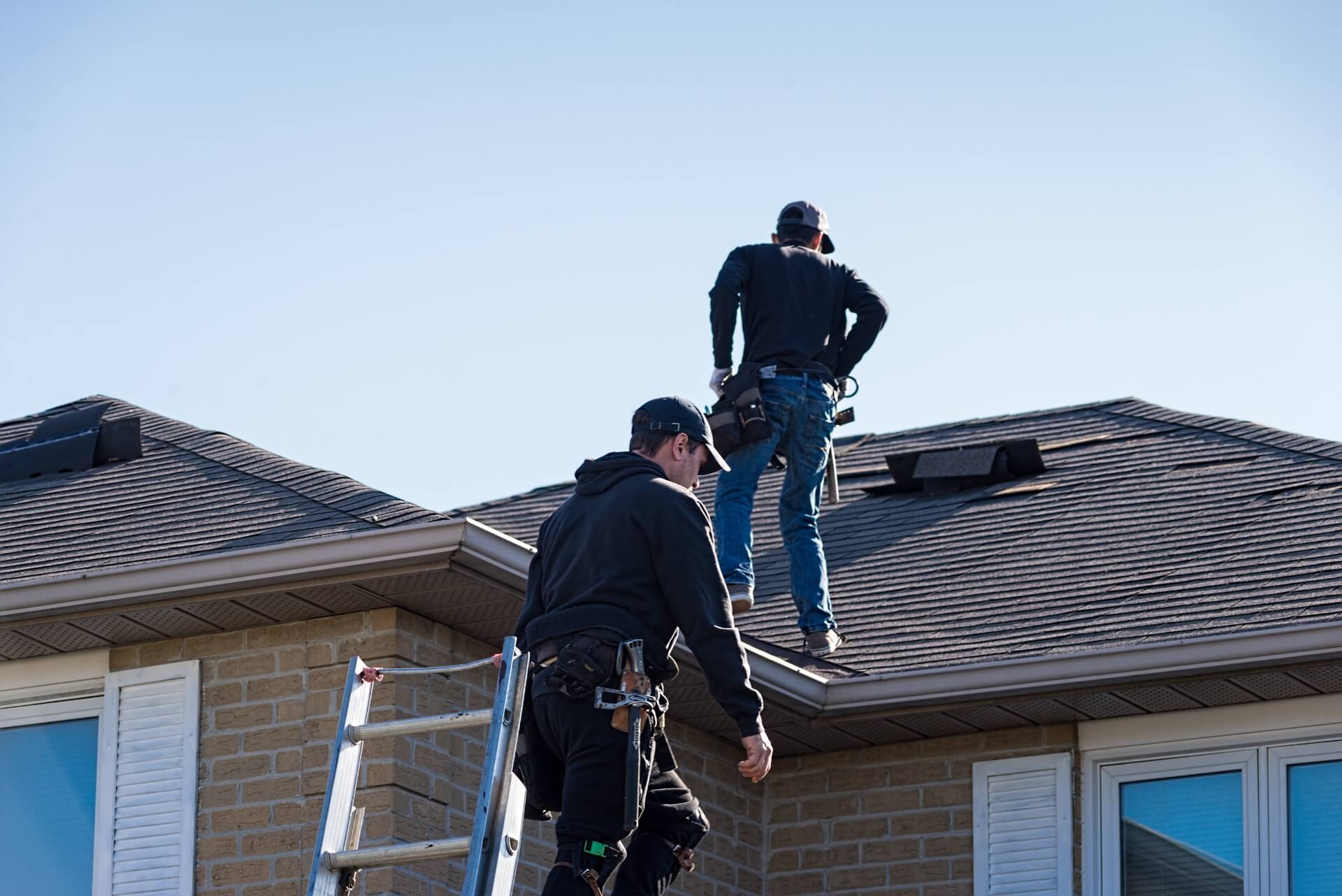
No commitment, no sales pressure, no BS – just an honest assessment of your roof’s condition from our certified roofing experts.